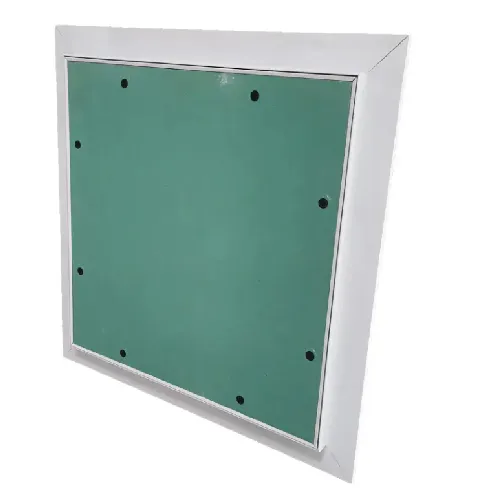Dec . 11, 2024 09:13 Back to list
Choosing the Right Ceiling T Bar Hangers for Your Project Essentials
Ceiling T-Bar Hangers Essential Components for Suspended Ceilings
When it comes to modern interior design and construction, suspended ceilings are a popular choice. They offer a sleek, streamlined look while also providing practical benefits such as improved acoustics and easier access to overhead systems. To ensure the stability and durability of these ceilings, one crucial component is the ceiling T-bar hanger. In this article, we will explore what T-bar hangers are, their functions, installation process, and the advantages they bring to suspended ceilings.
What are Ceiling T-Bar Hangers?
Ceiling T-bar hangers, also known simply as T-hangers, are metal supports used to secure the T-bars of suspended ceilings to the building's structural framework. These hangers are an integral part of the grid system that holds up ceiling tiles or panels. Typically made from galvanized steel to prevent rusting, T-bar hangers come in various designs depending on the application, including both adjustable and fixed types.
Functions of T-Bar Hangers
The primary function of T-bar hangers is to provide support and stability for the suspended ceiling grid. The hangers help to distribute weight evenly across the structure, ensuring that the ceiling remains level and secure. They also absorb vibrations from nearby activities, helping maintain the integrity of the ceiling over time. Additionally, T-bar hangers provide the necessary clearance to accommodate lighting, ventilation, and electrical fixtures, ensuring a neat and functional installation.
Installation Process
Installing ceiling T-bar hangers requires precision and attention to detail. Here are the basic steps involved in the installation
1. Planning the Layout Before installation, it’s essential to map out the layout of the suspended ceiling. This involves determining the grid pattern and identifying where the T-bars will be placed.
2. Measuring and Marking Once the layout is planned, the next step is to measure and mark the locations on the overhead structural elements where the hangers will be attached.
3. Attaching the Hangers T-bar hangers are fixed to the structural framework using screws or anchors. Depending on the ceiling’s height and design, some systems might employ adjustable hangers to achieve the desired level.
ceiling t bar hangers

4. Installing the T-Bars After securing the hangers, the T-bars can be installed. The bars rest on the hangers and create a grid that will hold the ceiling tiles.
Advantages of Using T-Bar Hangers
There are several advantages to using ceiling T-bar hangers in a suspended ceiling installation
- Strength and Stability T-bar hangers provide robust support, ensuring the ceiling can hold considerable weight without sagging. This is particularly important in commercial buildings where the ceiling may need to support lighting fixtures, sprinklers, and HVAC systems.
- Flexibility in Design The use of T-bar hangers allows for various ceiling configurations. They can accommodate different tile sizes and patterns, giving designers greater flexibility in achieving their aesthetic goals.
- Ease of Maintenance Suspended ceilings make accessing plumbing and electrical systems much easier. With T-bar hangers securely in place, tiles can be removed and replaced easily without damaging other components.
- Cost-Effectiveness Compared to traditional ceilings, suspended ceilings with T-bar hangers can be more economical. They offer a simple solution for renovations and repairs, often requiring less labor than installing a permanent ceiling.
Conclusion
Ceiling T-bar hangers are vital components of suspended ceiling systems, providing the necessary support and stability for a practical and aesthetically pleasing installation. As you consider your next construction or renovation project, understanding the role of T-bar hangers can help you make informed decisions that ensure longevity and functionality in your ceiling design. Whether for commercial or residential purposes, suspended ceilings equipped with quality T-bar hangers can significantly enhance interior spaces.
-
Quality Ceiling Trap Doors & Access Panels | Easy & Secure AccessNewsAug.30,2025
-
Durable Ceiling T Grid Systems | Easy InstallationNewsAug.29,2025
-
PVC Gypsum Ceiling: Durable, Laminated Tiles for Modern SpacesNewsAug.28,2025
-
Pvc Gypsum Ceiling Is DurableNewsAug.21,2025
-
Mineral Fiber Board Is DurableNewsAug.21,2025
-
Ceiling Tile Clip Reusable DesignNewsAug.21,2025







